We write this thread to help those who are having issues working with Sony XAVC MXF footage in Adobe After Effects. It displays a workaround to transcode XAVC video files to DNxHD/ProRes .mov for use in After Effects fluidly without a glitch.
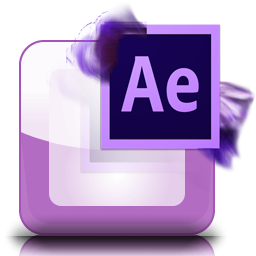
Needed a fluid workflow for XAVC footage and After Effects CS6
“Hi, guys, can anyone tell me if they have had success at editing XAVC 4k in After Effects CS6? I’ve been shooting extensively with the Sony F55 for the last few months using XAVC 4k codec. The camera has been unbelievable, but now comes the question of post. I just can’t get the F55 XAVC .mxf files to import into the AE project. Does anyone have any advice on workflow? Thanks for reading and any help.”
For a faster and more fluid workflow, we would recommend transcoding XAVC MXF files to a format that is best suitable for use in After Effects, such as DNxHD or ProRes encoded MOV format. HD Video Converter will do the trick. Read on to check a quick guide on how to encode XAVC MXF clips to DNxHD/ProRes .mov for After Effects editing.
[Guide] How to transcode XAVC MXF files to DNxHD/ProRes .mov for use in After Effects with optimum performance?
Here’s what you need
HD Video Converter


Follow these steps
Step 1. Start up HD Video Converter as the best XAVC to After Effects Converter. When its main interface pops up, click ‘Add File’ button to import your source files.
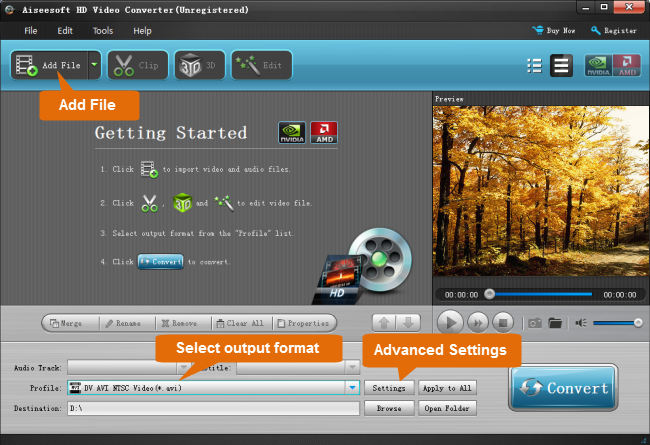
Useful tips:
1. This converter supports batch conversion, so you can load multiple video files to it for conversion at a time.
2. By ticking off ‘Merge’ option, you can combine the selected video clips into a single file.
Step 2: Select output format for After Effects
1) If you are running After Effects on a Windows PC, you can from ‘Profile’ list, select ‘Avid DNxHD (*.mov)’ as output format under ‘Avid Media Composer’ column.
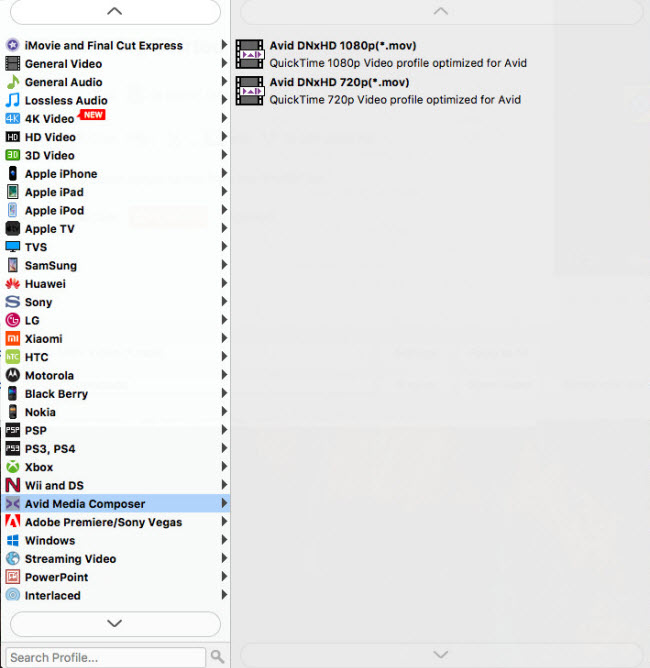
Important: If you’ve loaded a number of video clips to do batch conversion, please do remember ticking off ‘Apply to All’ option before you start.
If you are using After Effects on a Mac, you can select ‘Apple ProRes 422 (*.mov)’ as output format under ‘Final Cut Pro’ column.
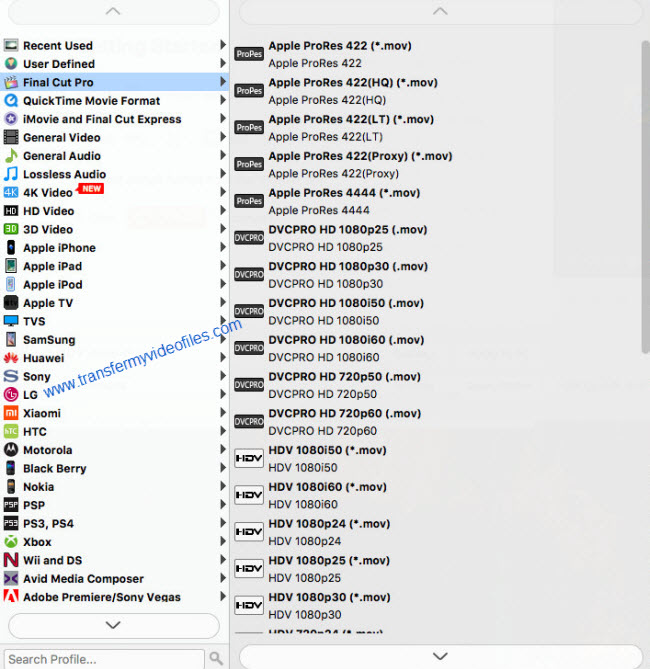
In addition to DNxHD and ProRes, you can also select ‘MOV (AVC) (*.mov)’ as output format under ‘Adobe Premiere/Sony Vegas’ option.
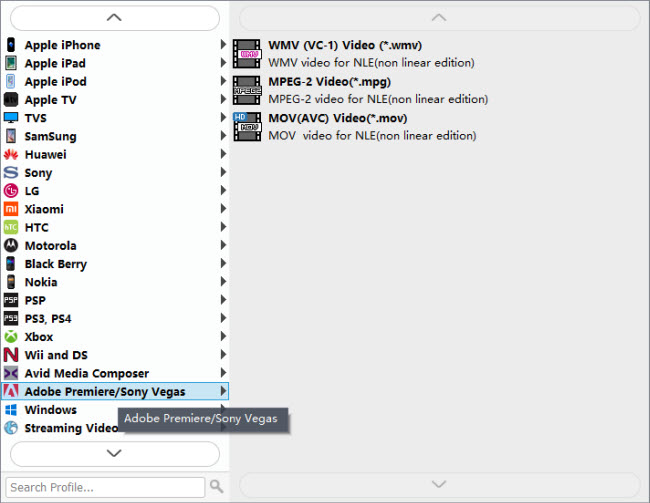
This method is also available when you want to edit 4K XAVC MXF files in Adobe Premiere Pro and Sony Vegas.
Step 3: Custom video and audio settings
If necessary, you can click ‘Settings’ button and go to ‘Profiles Settings’ panel to modify video and audio settings like video encoder, resolution, video bit rate, frame rate, aspect ratio, audio encoder, sample rate, audio bit rate, and audio channels. 3D settings are also available.
Step 4: Start 4K XAVC MXF files to MOV Conversion
When ready, click ‘Convert’ to start format conversion. As soon as the conversion is complete, you can click ‘Open Folder’ button to get the exported MOV files for use in Adobe After Effects with optimum performance. Nothing could be simpler or more immediate.
Related posts
Sony XAVC (S) workflow with DaVinci Resolve
Sony XAVC (S) and Pinnacle Studio Workflow guide
XAVC (S) and Pinnacle Studio – Pinnacle not reading XAVC (S)
XAVC (S) import issue with iMovie/FCE-XAVC(S) to iMovie/FCE
